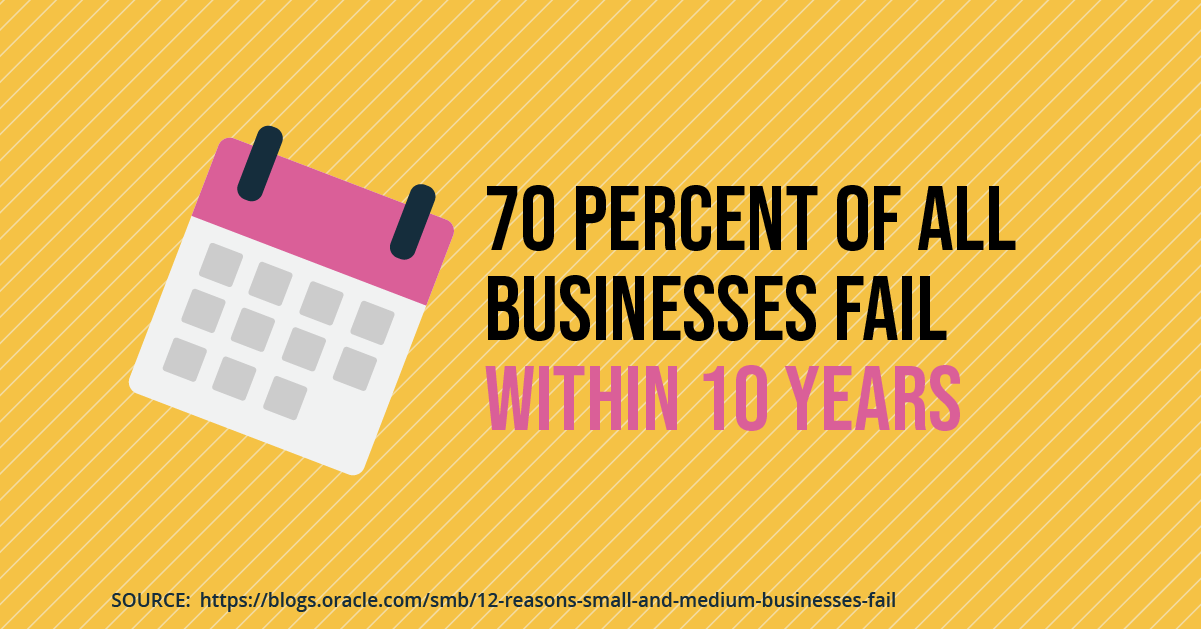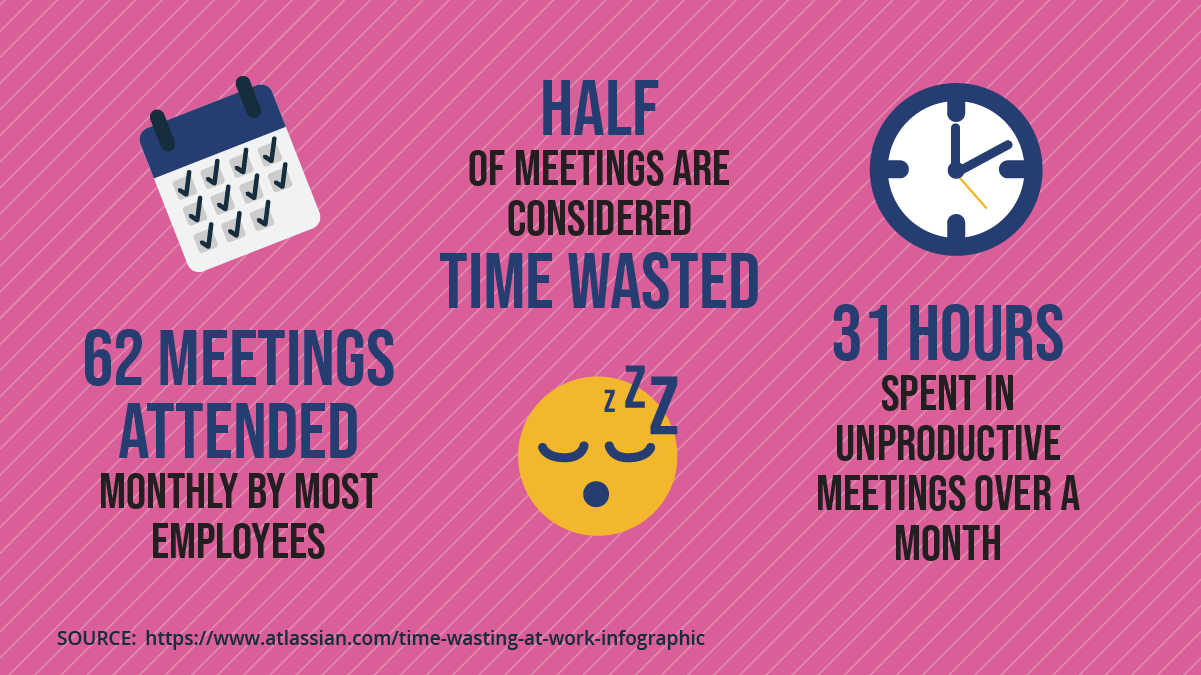The Mid-Market Slump: Why So Many Firms Get Stuck

Most firms have a solid plan for their first year or two in business. They spend a great deal of time developing a business plan that outlines what they will need to be profitable and how they will get there.
But what happens after you meet those early goals?
How will you continue to grow year after year?
A shocking number of businesses do not survive past their first few years.
What’s the Survival Rate Among Companies?
Overall, new companies with 500 or fewer employees show an average survival rate of 39.8% after the first six years. However, this stat only looks at part of the picture.
For example, the type of business and industry can impact the survival rate. Plus, a business may close for a variety of reasons— including failure, but also being bought out and shut down, or the owner deciding to move on to a new venture.
And, keep in mind that success in business can be subjective. For example, an entrepreneur may make a salary from a firm that isn’t profitable — or barely profitable — on paper.
Regardless, the numbers on survival rates are pretty discouraging.
Here are the average long term business survivability rates:
- 80% of new companies survive their first year
- 66% of businesses survive their second year
- Only half of businesses survive their fifth year
- Only one in three businesses survive 10 years
How do you prevent your business from becoming a statistic and continuing to thrive at two, five, or 10 years and beyond?
Key Reasons Why Mid-Sized Businesses Fail (and what to do about them)
Firms with a solid customer base often assume they can continue to grow without changing much. Past success makes them confident, and they fail to notice industry changes.
The truth is mid-sized companies that stay stuck with “How we’ve always done things” cannot survive, much less thrive.
Here are the most common business traps mid-size firms fall into and how to help your firm avoid them.
They Get Comfortable
At the start, most businesses are lean and mean. They can quickly make changes and pay close attention to shifts in the market. A lot is on the line, after all.
As they grow, managers and owners get comfortable. They’ve seen some success and think they have a good grip on the industry.
As a result, mid-sized firms often fall into an uncomfortable middle ground. They are too large to shift gears quickly and adapt to new market conditions, yet not quite big enough to have the resources to invest and survive massive overhauls.
In short, many medium size businesses fail due to a lack of planning. To avoid this stumbling block, small and medium-size businesses need to plan for the future.
This means:
- Streamlining workflow processes continuously
- Training employees on new strategies/methods in their industry
- Developing a flexible long-term profit plan
They Fail to Diversify Their Offerings
Most businesses start with a single idea; a single service or product that they do really well.
When you are an expert in a particular industry or niche, it makes sense to keep your business simple. However, the world is changing, and so are the wants and needs of consumers.
The introduction of smart technology, mobile devices, and an increasingly digital world means businesses need to be ready to change with the times.
When businesses aren’t open to new ideas or new processes, they cannot keep up with their competitors.
To increase survivability, businesses should consistently brainstorm and plan for how they will remain profitable in the future.
What other services, software, or product can you produce? Is there another pain point in your industry? Start researching now so that your company can shift if (or more likely when) the market changes.
They Fail to Adjust Communication Channels
As teams expand and more workers begin working from remote locations, lack of communication can create massive roadblocks for mid-size businesses.
Lack of communication can result in client projects being delivered late, employees feeling unsupported, and new hires feeling out of place and disconnected.
But, poor communication doesn’t just mean a lack of communication.
In many cases, too much communication or unorganized communication can also cause issues. Nearly half of the time spent in meetings is wasted, resulting in 31 hours of lost productivity each month.
To avoid this mistake, find the right balance between too much and not enough communication.
Use tools like Slack to reduce email and keep everyone updated, but reassure employees that they are not expected to check email on nights and weekends.
Before scheduling a meeting, ask what outcome you are expecting. Can your goal be reached without pulling multiple people off task? If so, consider using an email or another channel to communicate.
They Avoid Technology
The rise of subscription-based software has drastically changed the way we do business. From taxes to invoicing to email marketing, nearly 70% of small business owners use some sort of smart technology or automation in their business.
For example, AI-enabled virtual assistants are making it easier for smaller customer service teams to provide quick and effective customer service. By connecting to CRM platforms, these platforms allow marketing and service teams to answer questions across platforms and provide a more personalized service.
In the back office, cloud-based software is an affordable way to apply automation and smart technology to financial processes.
For example, AP automation software allows businesses to streamline invoice approvals, avoid late fees, and gain access to real-time transactional data, which allows finance professionals to make more strategic decisions for their organization’s bottom line.

Email automation tools allow companies to automate lead nurturing and deliver personalized messages with little to no hands-on work.
Businesses that fail to implement these new technology solutions are not just wasting time and resources; they are incapable of competing with other firms who are using these solutions.
To prevent your business from being left behind, pay attention to resource-heavy tasks and look for a solution to streamline or automate those processes. See what solutions your competitors are using and consider whether they are a good fit for your firm.
Final Thoughts
Businesses that make it past the ten-year mark aren’t just lucky — they are strategic. Ensuring your firm survives the mid-market slump requires planning and careful attention to your customers, your employees, and the market.
To avoid becoming a failure statistic, businesses need to plan for the future, keep processes streamlined, and be willing to invest in technological solutions that improve efficiency.

